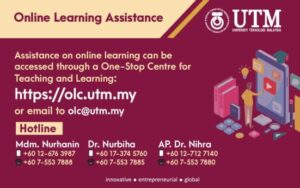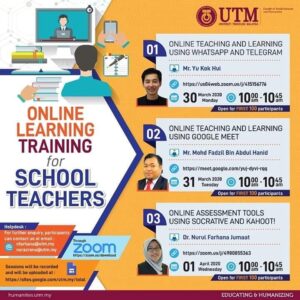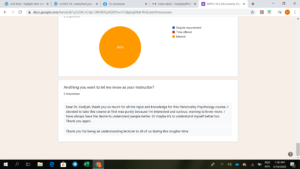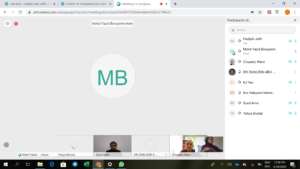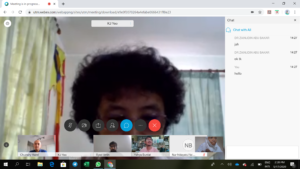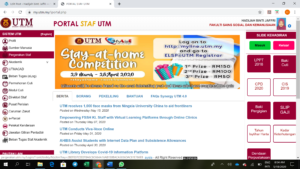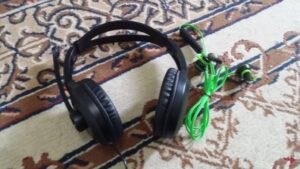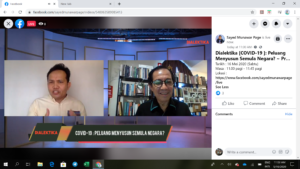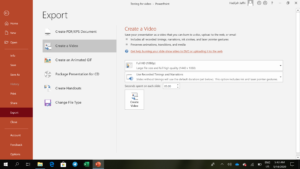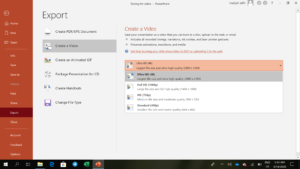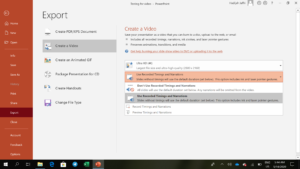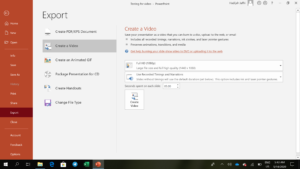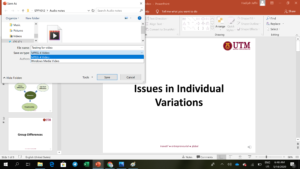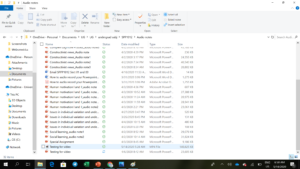Which is which? Webex or Zoom or Bigbluebutton VS preprecorded video notes (powerpoint).
Personally, it depends on your students and your own preference and conditions.
Option 1: Online synchronous meeting
It might be perceived as the best alternative to substitute face to face interaction because the element of “interaction” is still present. You can ask students questions, use polls to get their response and so forth which allow you to identify and rectify certain things immediately. For example, if your students do not understand certain things, they can ask questions there and then. In return, you can answer their questions immediately too.
Option 2: Prerecorded video (one type of asynchronous method)
If you prefer to have a more flexible work from home hours, prerecorded video such as powerpoint video might be the best choice even if you have strong internet connection. In addition, you don’t need to set a Webex/ Zoom/ Bigbluebutton meeting.
But option 1 is ONLY possible if you have unlimited dataplan and speed (plus if there is no internet outage). Even though I subscribe to unlimited dataplan for the internet, but the speed of my internet connection is varied (and unpredictable). I need to minimise glitches during online meeting especially if I am the host. So, I don’t have much choice other than using prerecorded video.
What is the difference of the size of different recordings?
- The size of the prerecorded video (using Powerpoint) and Webex meeting that you save in MP4 format is not similar. When I looked closely two different files (1 – a Powerpoint video note, 2 – a Webex meeting), Webex meeting is in Megabyte. Powerpoint video note is in Kilobyte. Megabyte is bigger than Kilobyte.
- A Megabyte is one thousand times bigger than a Kilobyte.
- If I could rank it: Large (Webex or Zoom recording) -> Medium (Powerpoint video recording) -> Small (Powerpoint with audio narration)
Note: Both are still larger as compared to Powerpoint slides with audio narration. So, students need to be aware about this too. Another alternative, you can upload the prerecorded video on Youtube and just give the link to students. But watching Youtube video will deplete your dataplan (unless you subscribe to unlimited dataplan).
Using online method to teach is costly. No doubt about that. Other than the infrastructure and tools/gadgets that needed for online learning, there are other things that need to be taken into consideration such as dataplan, internet bandwith and so forth. But how far we can rely on online learning when there is always the possibility of unforeseen internet outage that can happen any time due to the increased users regardless of the internet providers? In that case, nothing beats face to face learning.
